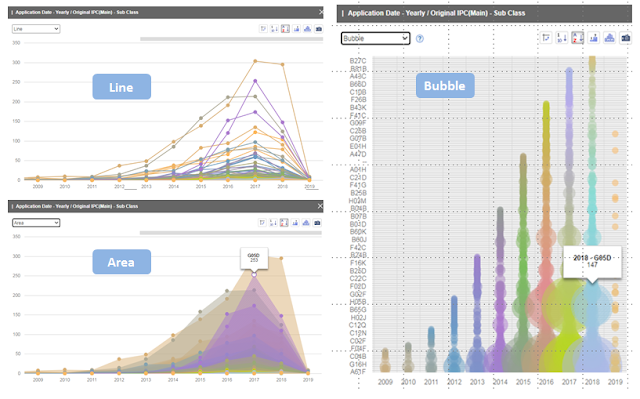The Photo Library of Apple provides a
function where users can view groups of photos that have been classified
based on a specific person or location. This function is extremely useful when
looking back on memories or finding for information. However, in May, Apple has
been sued for infringing patents regarding this function in the United States.
Who is the plaintiff?
MemoryWeb, which has been launched by photo
curator in 2014, is the plaintiff of this case. It has launched a photo
organization app in 2016 October. The app supports both Apple iOS and Android,
allowing users to directly search for photo libraries using either website or an app.
Currently, six related technologies have been applied for patent in the United States. Out of these patents, four patents applied from 2014 to 2020 are relevant in this lawsuit case. MemoryWeb is currently applying for additional patents as well.
What
kind of service does MemoryWeb provide?
Through MemoryWeb, we are able to look for photos that are based on a specific location or a person. 1) First of all, photos get grouped into different locations and get presented with a thumbnail image on the Interactive Map. Through zoom in/out function, users are able to view the photos on the map by expanding or narrowing the area. 2) Secondly, face recognition technology can be used to distinguish different people and provide relevant information or photos that are specific to a certain person. 3) Last but not least, photos that meet the requirements of a specific timeline (day/month/year) can be filtered for users. The relevant function can be seen in the US 9552376 patent drawing that has been published by MemoryWeb.
In detail, 1) when users click one of the thumbnail images presented on the map, the users are able to direct to Location View, which contains the location name and the pictures taken at the place. 2) If click on a thumbnail that shows a specific person in the image, the Person View that contains image lists of the specific person can also be checked.
Did Apple
infringe MemoryWeb’s patent?
Plaintiff has accused Apple for patent infringement, as Apple has used Plaintiff’s invention without a license or other permission.
Plaintiff mentions that the applications used in Apple’s iPhone (iOS), iPad
(iPadOS), and Mac (MacOS) organize and display photos and videos identically or
similarly depending on the product family or OS version, which infringes
plaintiff’s technology.
Now, let’s look at Apple’s functions that
are considered as patent infringement. 1) First of all, an Interactive Map with
thumbnail images included is displayed and each thumbnail shows the number of
photos with the corresponding location information. 2) Secondly, functions that
provide information based on people are included. 3) Lastly, videos and
photos are organized based on dates (day/month/year).
The plaintiff claimed that the technology was not a necessary or general-purpose product, so it could not be recognized as a non-infringement use. Also, it was alleged that the defendant had prior knowledge of the plaintiff's patent and they have intentionally infringed plaintiff's technology. This is because Apple has cited plaintiff’s patent when they were applying for their patent.
 ▲ Citation of MemoryWeb Patent in Apple's Photo Library Patent (Result of Citation Analysis from Wipsglobal)
▲ Citation of MemoryWeb Patent in Apple's Photo Library Patent (Result of Citation Analysis from Wipsglobal)In fact, if you're an Apple user, it's probably a feature you're familiar with. Now, we might have to wonder if we would be able to use it without causing any problems in the future.



















































